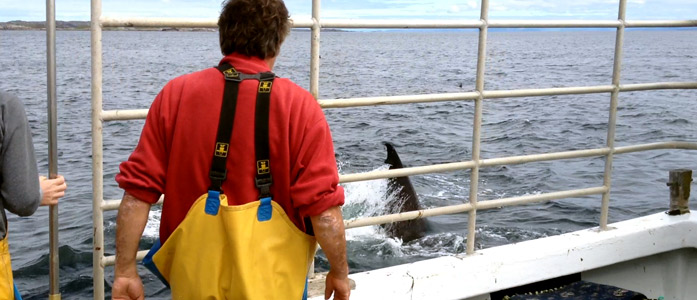
SITUATION
Biologists from Aberdeen University wanted to find out if sonar equipment could be used to learn more about the movements of basking sharks. Most of the current knowledge about basking sharks is based on what is visible at the surface and, as such, an investigation was sought to determine if surface observations matched what was happening below the surface. In particular, the scientists were interested to know if the sharks were 'stacking', and whether there was evidence of young sharks.
To support this research, Teledyne RESON supplied Aberdeen University with a SeaBat 7128 Forward-looking Multibeam Sonar System. The project was carried out from 7-9 August 2012 off the waters of Coll in the Inner Hebrides of Scotland. Basking sharks are known to reside here and sightings are particularly common at this time of year.
INSTALLATION
The SeaBat 7128 was tied to the port side of a small fishing vessel (Figures 1-2). The dry end consisting of the sonar processor and monitor was contained in a shipping case (Figure 3).
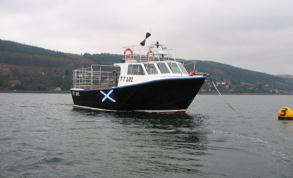 Figure 1. The Vessel
| 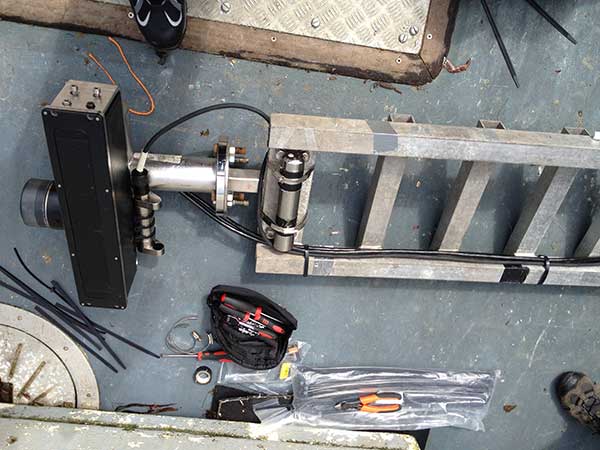 Figure 2. Teledyne REASON SeaBat-7128 Multibeam Imaging System Figure 2. Teledyne REASON SeaBat-7128 Multibeam Imaging System
|
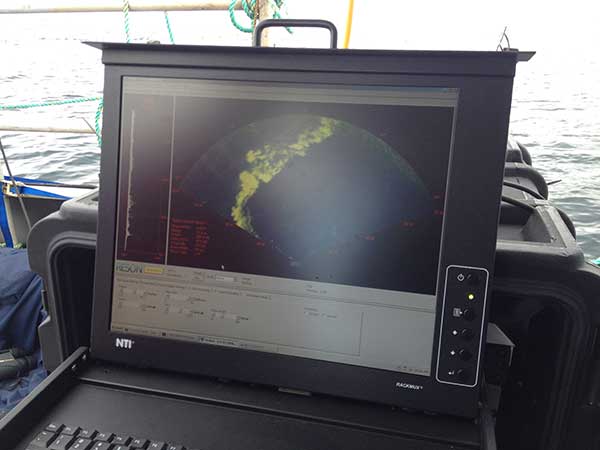 Figure 3. The dry end Figure 3. The dry end
| 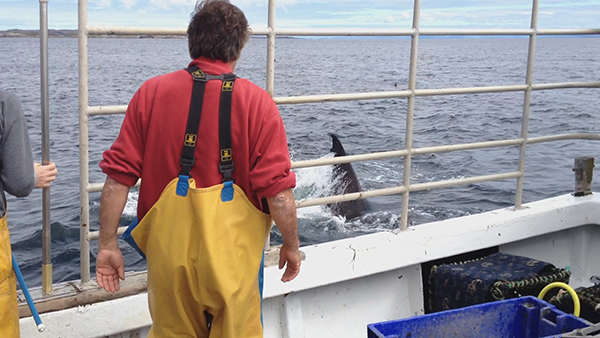 Figure 4. Basking shark within a few metres of the vessel Figure 4. Basking shark within a few metres of the vessel
|
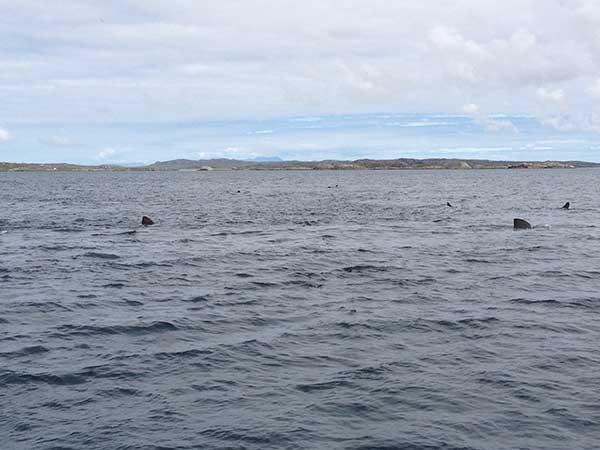
Figure 5. Multiple sharks visible at the surface
| 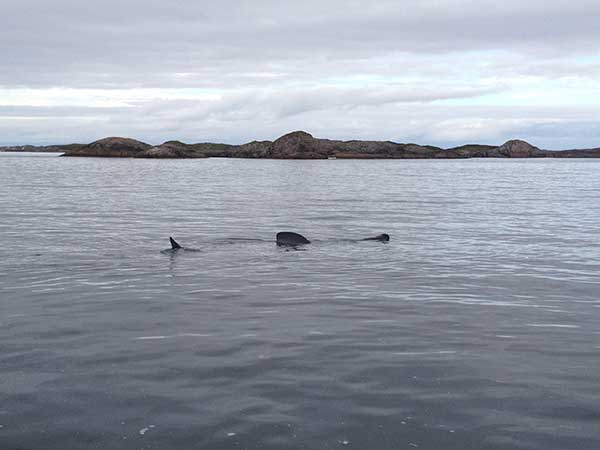 Figure 6. Dorsal fin, nose and tail visible at the surface Figure 6. Dorsal fin, nose and tail visible at the surface
|
ON THE SURFACE
Sightings were common, and in most cases the boat was able to travel to within 30 metres of the sharks. The sharks varied from 5 metres to 10 metres in length. On the surface, the dorsal fin was always visible, while the nose and tail were sometimes visible (Figures 4-6).
BELOW THE SURFACE
The sharks showed clearly on the SeaBat and the pectoral fins were distinguishable (Figure 7). The tail could be seen moving from side to side on the SeaBat interface.
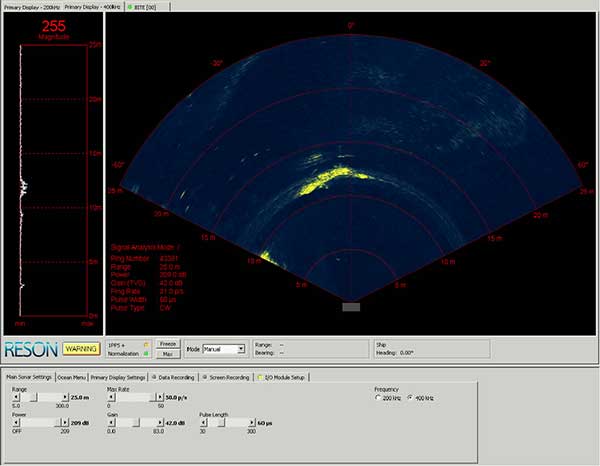
Figure 7. Basking shark within 15m range. The pectoral fins are visible here
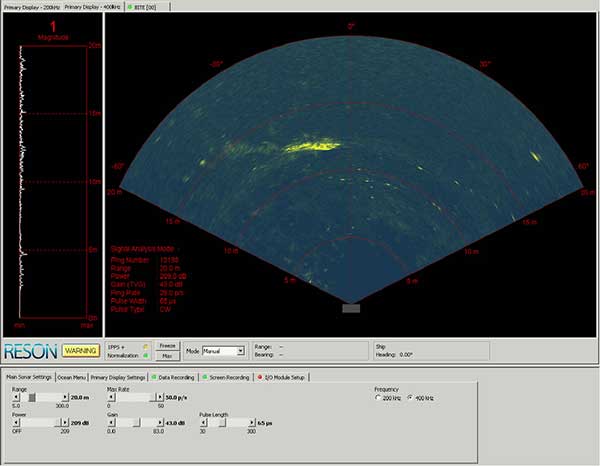
FIGURE 8. BASKING SHARK WITH CLOSED MOUTH
| 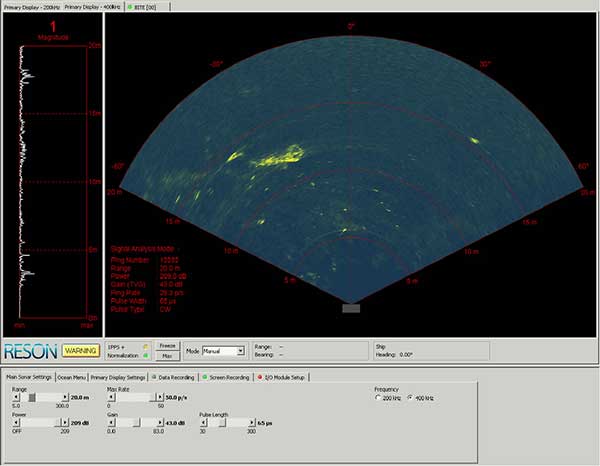 FIGURE 9. BASKING SHARK WITH OPEN MOUTH FIGURE 9. BASKING SHARK WITH OPEN MOUTH
|
The sharks often left a distinctive wake in their paths, as illustrated in Figure 10. When the background noise was low, this made it possible to clearly track the movements of the sharks.
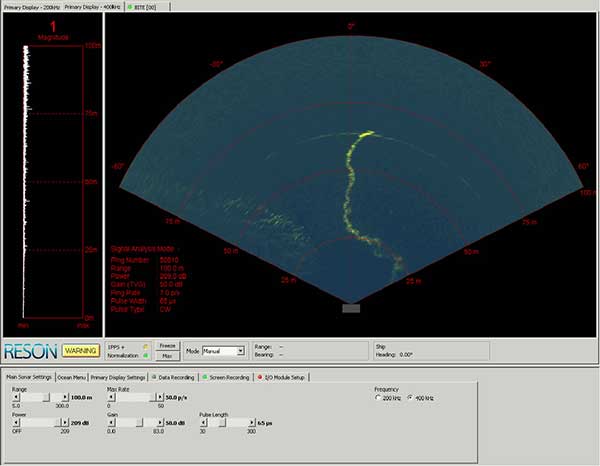
Figure 10. Distinctive wake left by shark
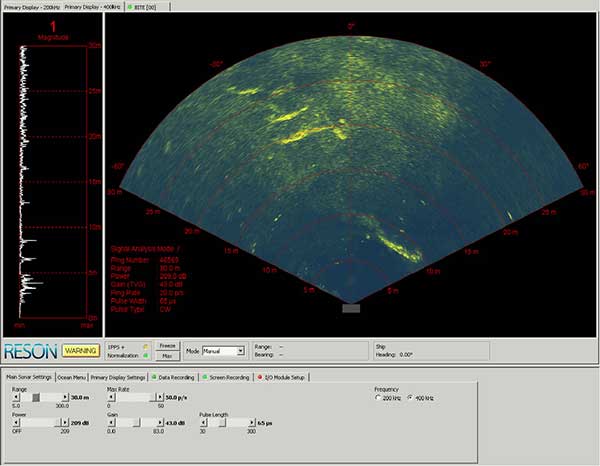
Figure 11. Four basking sharks on the SeaBat interface
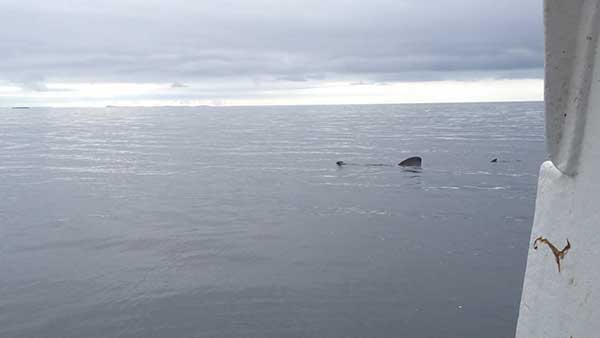
Figure 12. Shark visible at the surface
|
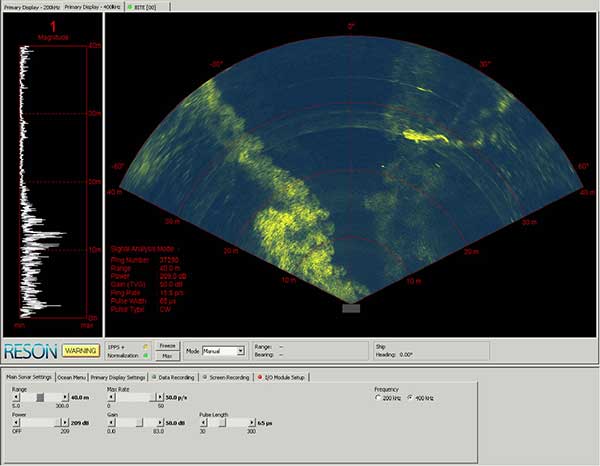 Figure 13. The SeaBat image corresponding to Figure 12 (Shark visible at the surface)
|
A cloudy/speckled substance occasionally appeared on the SeaBat interface. Its density varied, and the location of it often corresponded with shark sightings. This substance may be the plankton that the sharks feed on (Figure 14).
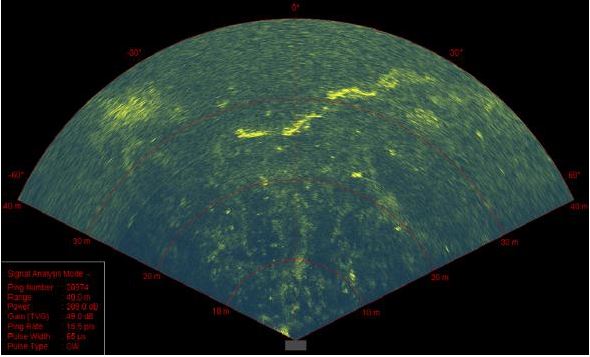
Figure 14. Three basking sharks following each other nose to tail. The speckledcloudy substance may be plankton.
